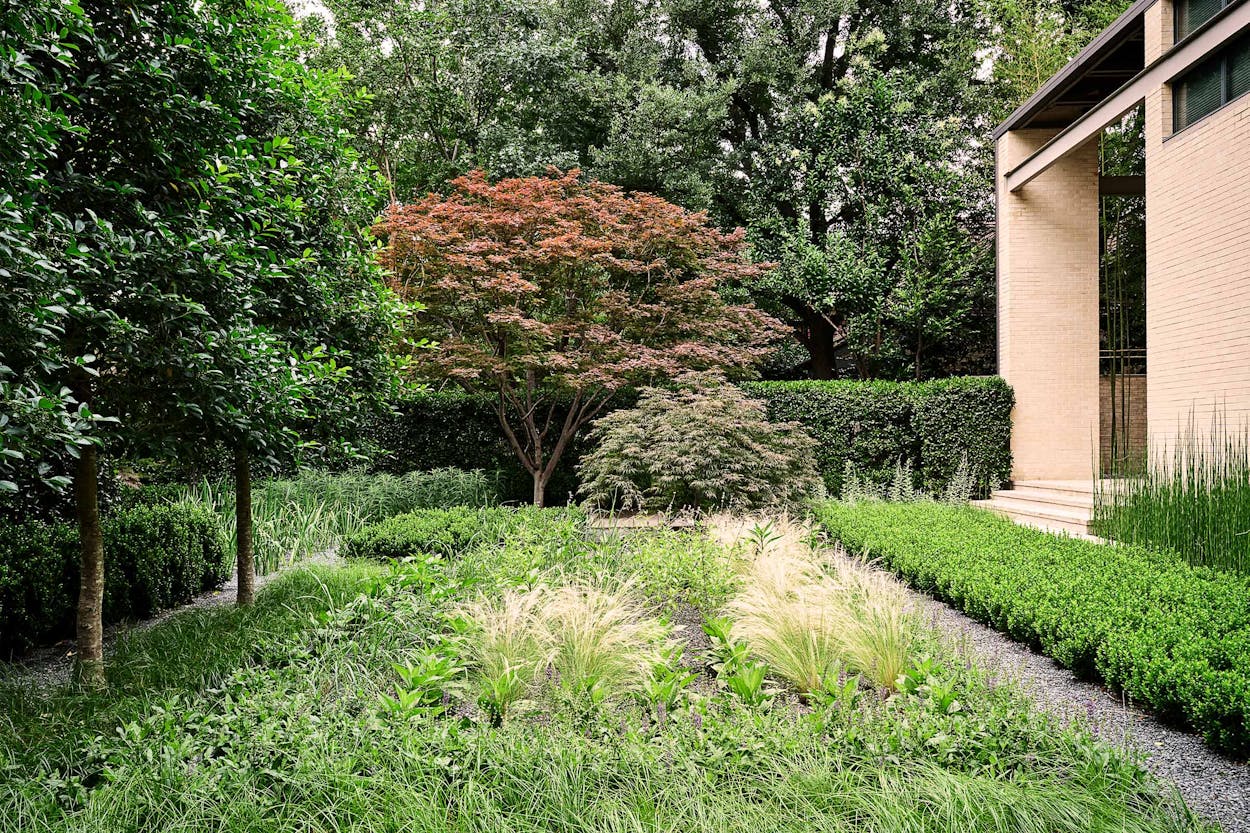If you’ve been spending extra time at home and thinking your yard could use some work, you’re not alone. Dallas-based landscape architect David Hocker says the coronavirus pandemic has led to a huge increase in demand for his work, as public health guidelines have pushed us out into nature for safer socializing, dining, and exercise. “Whether it’s corporations or individual homeowners, people are now really wanting to invest more in this idea of outdoor space,” Hocker says. But if you’re working with him, you’ll have to drop any suburban notions of a cookie-cutter yard. “There’s no front yard, backyard, side yard,” he often tells clients. “It’s really just all one big garden. I want people to be out there, on the front, on the side, and in the back.”
Though he was born and raised in Dallas, and studied landscape architecture at Texas A&M University, Hocker gets this romantic notion of the home garden (and his whimsical planting style) from Italy. He met his wife, an Italian woman named Gisela Borghi (now creative director of his firm), while studying abroad in Tuscany. And since establishing his eponymous firm in 2005, he’s continued spending time exploring the region, drawing inspiration from centuries-old gardens there. “A lot of my reference points are older European cities and towns, where you see buildings just covered with vines,” he says. “That, to me, sort of humanizes a space. It makes the building melt into the landscape.”
But Hocker’s style isn’t entirely European. His eponymous firm’s work, which is on display in a new book, Hocker: 2005–2020 Landscapes (out September 15 from The Monacelli Press), is also distinctly Texan. You’ll notice sprawling wildflowers, formidable prickly pear cacti (spineless, when he can help it), and a Southwestern sensibility throughout his projects, which include private residences, the Cistercian Abbey and Preparatory School in Irving (his other alma mater), and the Dallas Museum of Art.
Though most of his projects are located in the Lone Star State, the award-winning designer often branches out to adjacent locales and, increasingly, places as far away as California. And wherever Hocker’s work takes him, he says that fall is the best season to install any large plant material, including trees, shrubs, and vines (yes, wildflowers too). In his words, “It’s a good time to start putting together the framework or the bones of the garden.” With fall just around the corner, that’s welcome news for budding gardeners and any Texan hoping to enjoy a little more time outside. Here’s his advice for getting started.
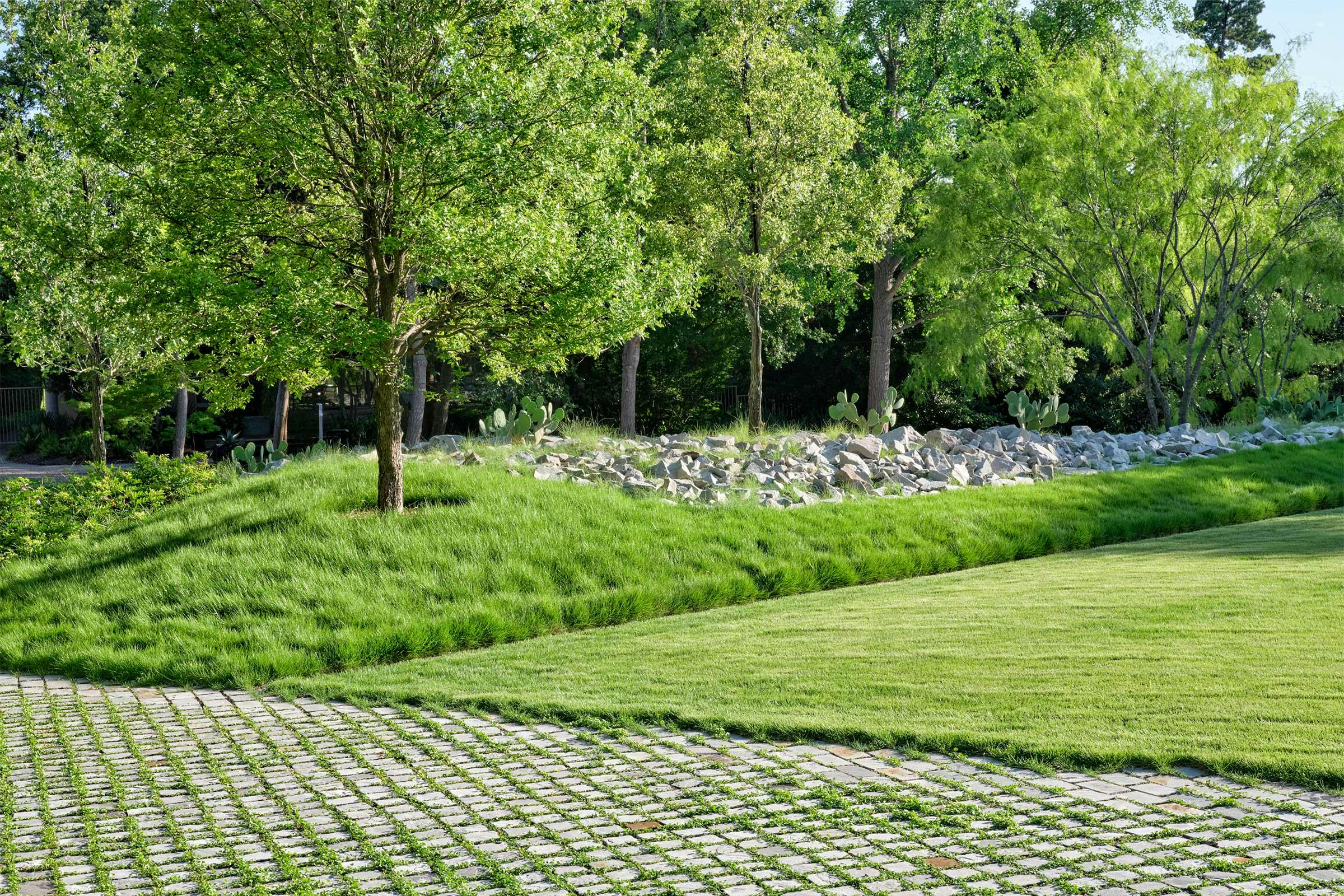
Enjoy Every Square Inch
“People don’t really tend to use their front yards,” Hocker says, adding, “Well, that just doesn’t make sense.” Instead, try turning all your outdoor areas into usable space—for example, by installing beautiful plants that you’ll enjoy coming home to, or carving out an alfresco living space, such as a shaded courtyard or pretty patio. “And in Texas, you still get really good weather nine months out of the year, and to experience nature mostly year-round.”
Consider Your View
“Why am I looking at that?” It’s a question Hocker sometimes asks himself while visiting properties, especially when it comes to eyesores, and one that helps him plan a garden. At home, he suggests using vegetation and architectural structures to control what you see—and what neighbors and passersby see as well. Sure, a flowering plant is nice, but maybe you could place it strategically to, say, camouflage an unsightly air-conditioning unit or block a neighbor’s view of your grilling area.
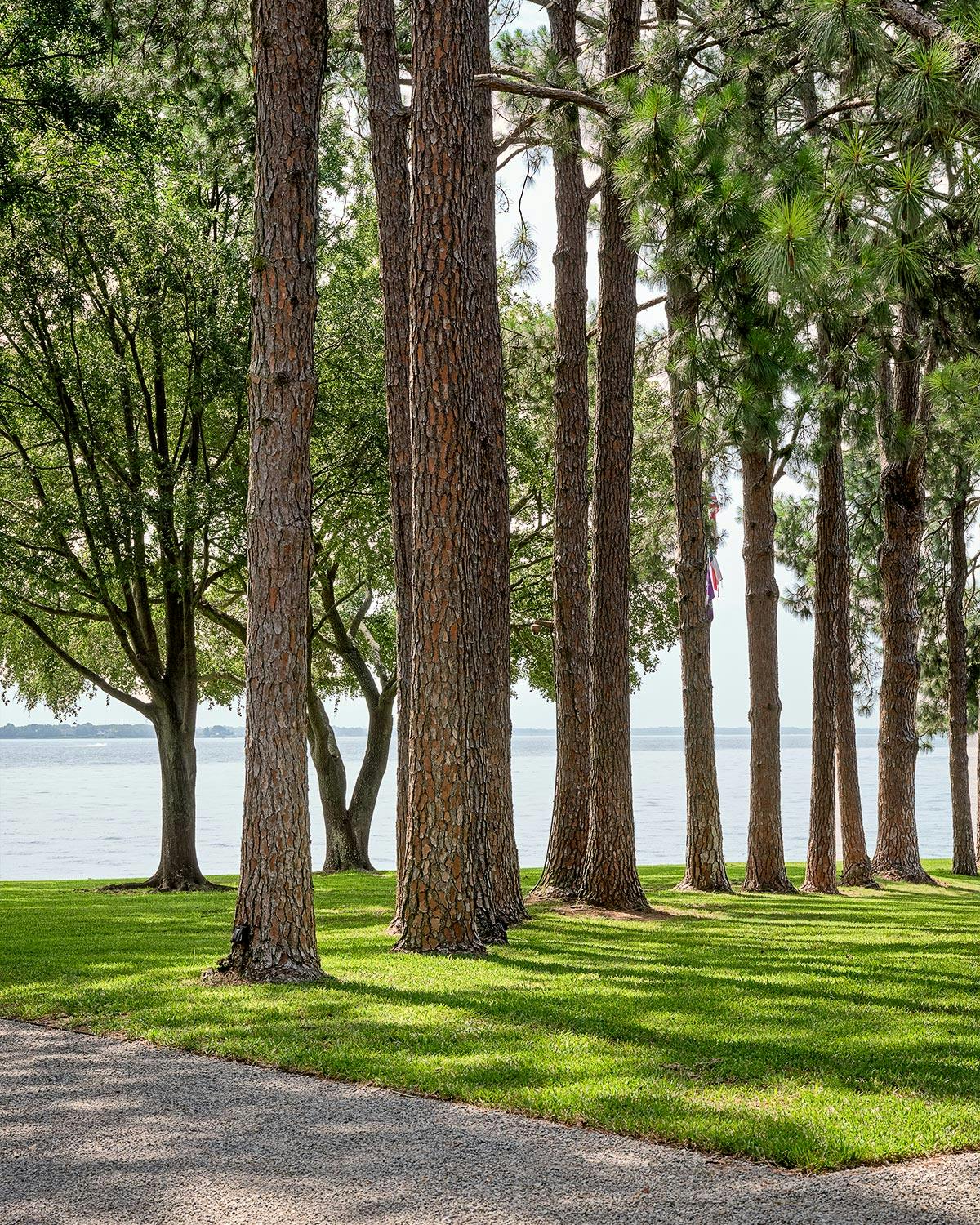
Plant Trees—Now
“Fall is the best time to establish a framework so that your larger, investment-type plant materials can get in the ground after the weather breaks and start to develop. They’re not going to actively grow above ground,” Hocker says. “But the root development is going to start to happen so that when spring gets here, they’re well situated for having a full growing season and going into the heat of the summer.”
For privacy, plant tall trees in a row (oaks, elms) and include smaller trees between them (red buds, Mexican plums). The “understory” layer fills in the space between taller trunks to create a dense thicket.
Or create a beautiful focal point by planting an ornamental tree like a Japanese maple. Hocker says searching for the right tree can take time. In addition to selecting a visually appealing one, make sure it will grow well in your area: trees need different kinds of soil and the right amount of sun, shade, water, and warmth.
Go Native-ish
Hocker explains the appeal of picking native species: “The plant material that you’re installing demands less resources, so less watering and fertilizing them. It’s much more of an organic program that you can follow.” Plus, unlike other plants, including some adapted varieties, native species are less susceptible to disease and hungry pests.
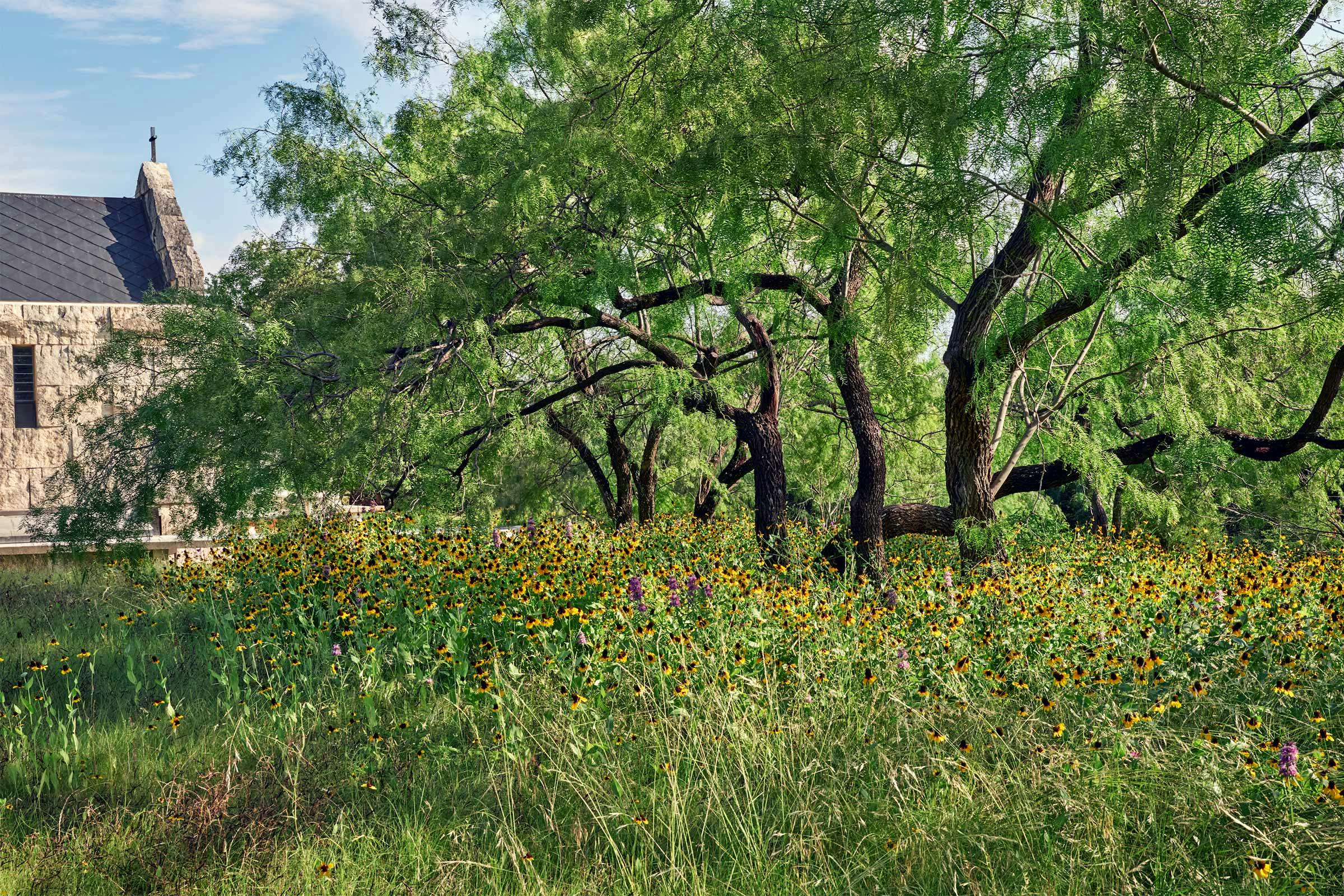
Plant a Micro-meadow
“Wildflowers are the first sort of signifier of spring. And anybody that has seen them knows they can blanket large areas. It’s pretty majestic.” Plus, you don’t have to mow to maintain them. With a little patience and the right timing, establishing a mini-prairie of native wildflowers might be simpler than you think: just plant grass and wildflower seeds together in the fall (Hocker recommends Native American Seed as a resource for both), and see them sprout in the spring. “I’ve found that Thunder Turf short grass mix is quite successful,” he says. “And try a selective amount of wildflowers: curate a few [varieties] instead of trying a few hundred.” He suggests layering indian blanket, verbena, and bluebonnets in with the Thunder Turf.
Add Some Big, Eye-Catching Plants
“I love spineless prickly pear because it’s such a structural plant,” Hocker says. “For evergreens, some of the sotols do well here.” A few large plants will draw the eye in, as well as adding texture and style. Hocker has used hydrangeas to add softness to an urban setting, or large yucca and agave to brighten up a dark terrace.
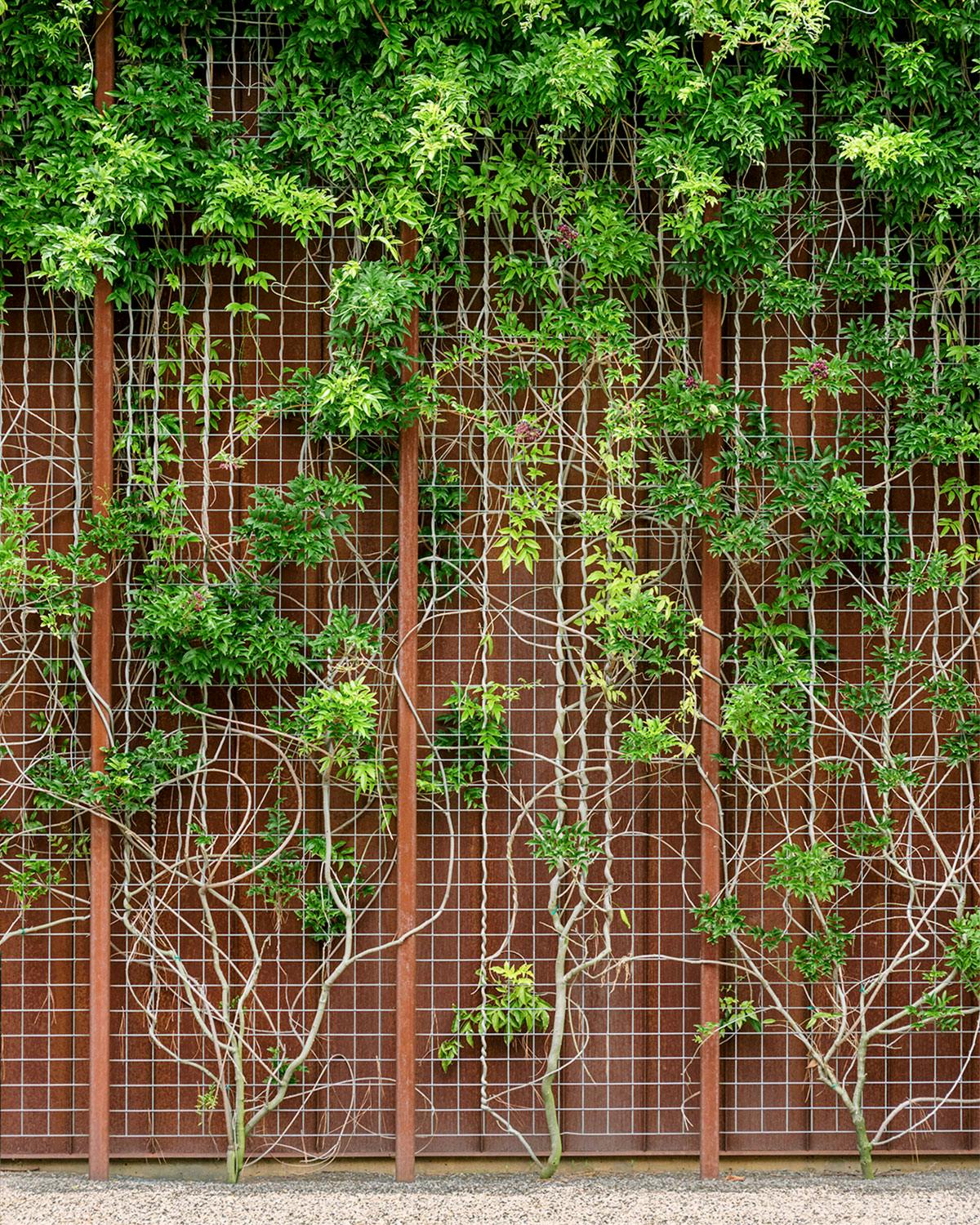
Think Vertically
“If you have limited space and also a limited budget, a vertical garden is a great way to solve that problem, and it’s really about selecting the right vines to do what you want to do.” Most vines climb fences easily, for example, and can be pretty low-maintenance.
Hocker’s favorite vines are Boston ivy, crossvine, and Virginia creeper, the last of which grows in Texas naturally. And his trick for establishing a lush vertical garden is to mix two: “As one vine might be stretching up and racing to the top much faster, the other one is filling in the gaps below, so you get something that’s more solid and very green.”
Study Your Soil, Sun, and Shade
For more tips, Hocker recommends visiting Texas A&M’s website. At the least, he suggests you know your region’s planting area (a.k.a. your zone) and study what grows well there. And before putting anything in the ground, understand the microclimate of that slice of earth. “Does it hold too much moisture? Does it drain too quickly?” In some cases, you’ll want to have your soil tested (Texas A&M will evaluate it for you, for a small fee).
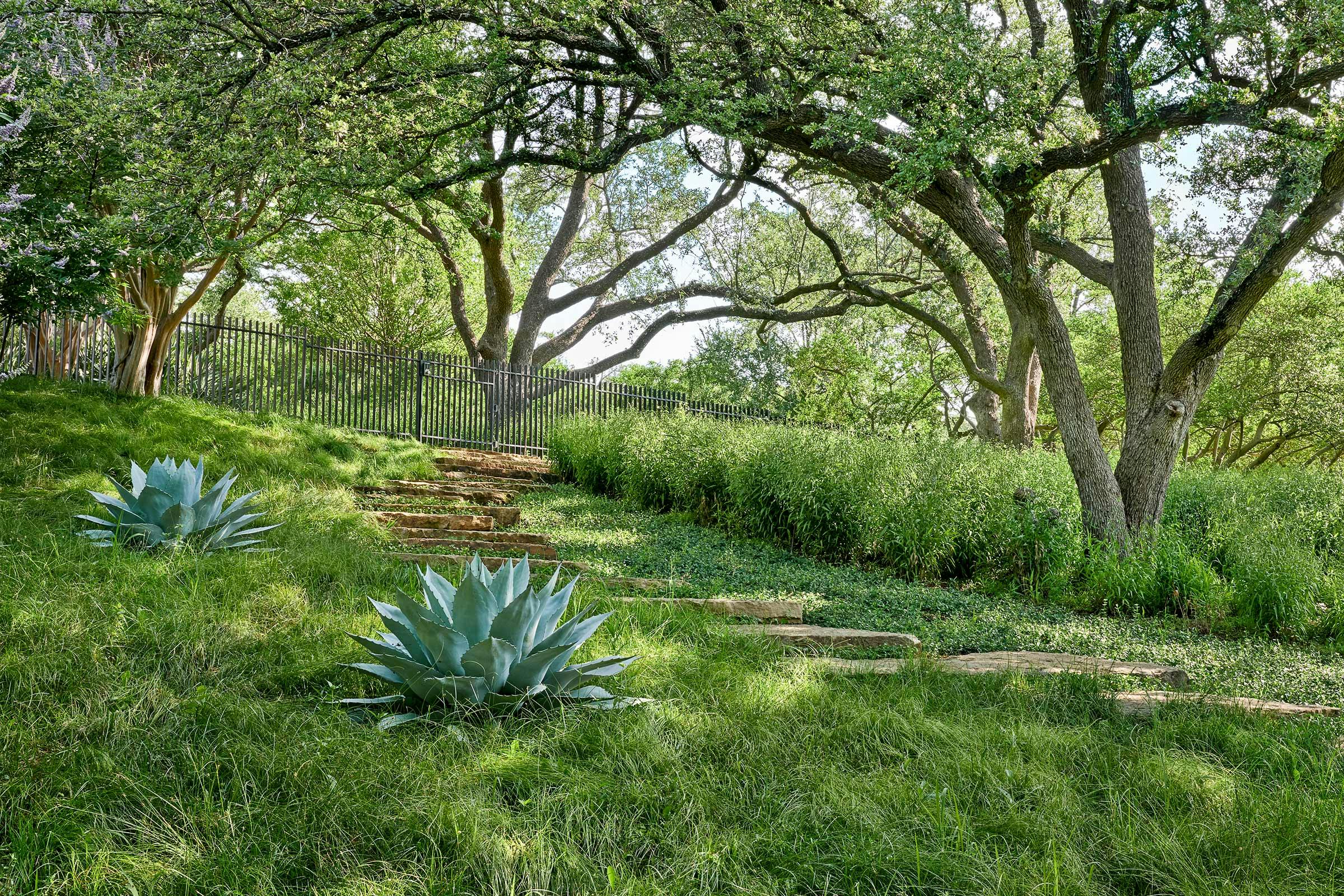
And Keep It Up!
“The first three years is a very sensitive time period for things to establish,” Hocker stresses. So you can’t plant it and forget it. But you might just enjoy carving out a little time to get outside and check in on your beautiful new garden each day. That’s kind of the point, right?


